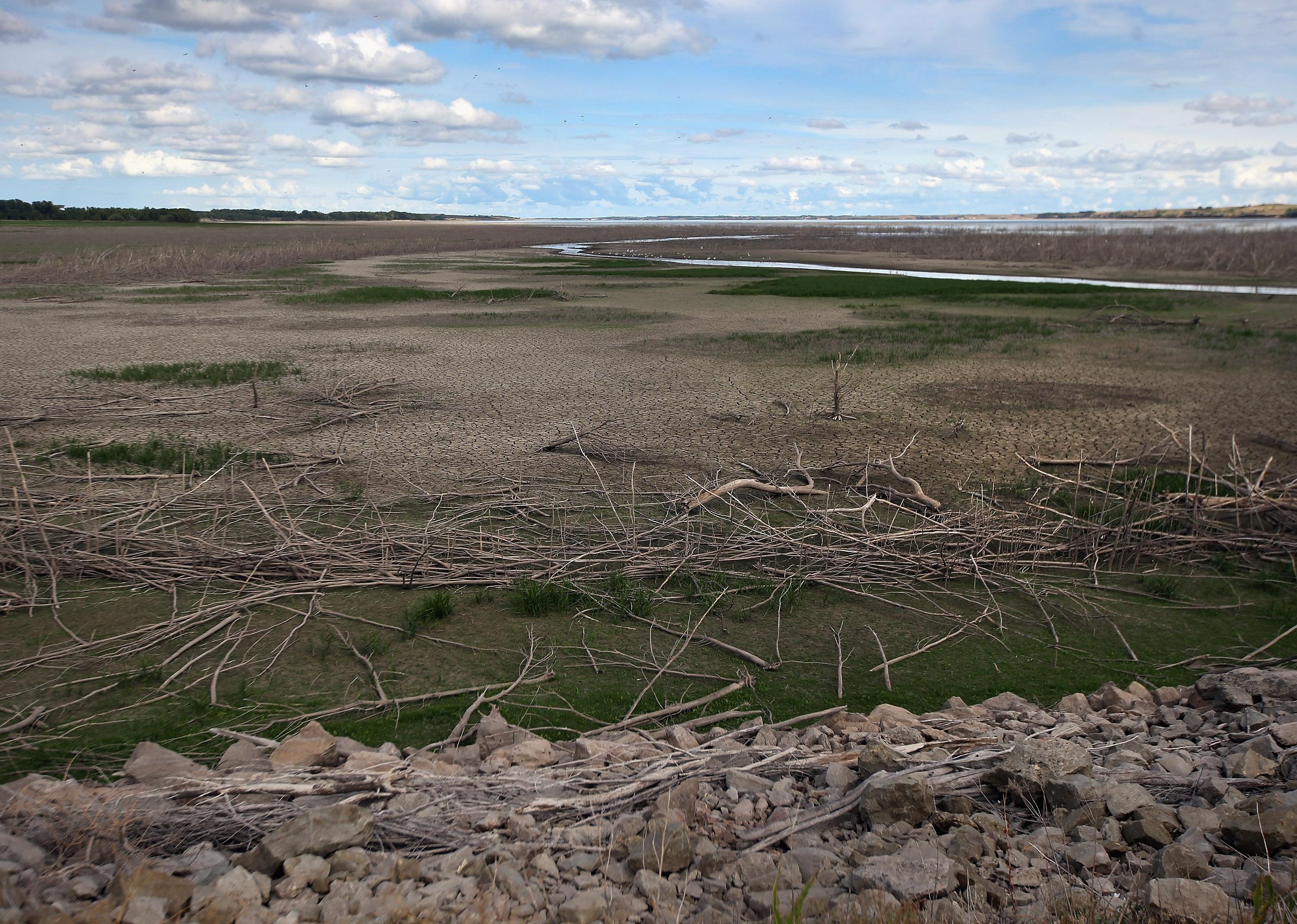
Too much and too little water: How climate change has affected Nebraska
Too much and too little water: How climate change has affected Nebraska
The latest United Nations Intergovernmental Panel on Climate Change (IPCC) report is yet another reminder of the dire effects of climate change. While climate projections often look to the future when discussing the worst impacts of climate change, we are in fact already experiencing its effects across the United States. To better understand how climate change is impacting the country, Stacker compiled a list of the impacts of climate change in every state, using local and national news stories, government reports, and scientific journal articles.
While these impacts are weather-related—for example, heat waves, droughts, or storms—individual weather events cannot be attributed to climate change on their own. Rather, it is when these events are seen within larger trends that they can be understood as part of a pattern that has come out of the changing climate.
Keep reading to learn about how your state has been impacted by climate change, or read the national story here.
Nebraska: Too much and too little water
In March 2019, Nebraska experienced $2.5 billion in damages from flooding. The floods drowned calves, destroyed fields, and swept away homes. This flooding was caused by record-breaking snowfall accumulating between January and March. This extreme weather led to this flooding, but Nebraska also experiences extreme weather in the other direction: drought.
Across the country, there are trends of rising temperatures, storms of increasing frequency and severity, and more erratic precipitation patterns, causing disruptions to the food systems and sometimes even resulting in death. While the U.S. government has set a target to reduce greenhouse gas emissions by at least 50% by 2030, it is clear that the climate emergency is already taking place, and along with emissions reductions, mitigation of the impacts of climate change must be prioritized as well.
Read below to see how other states in your region have been affected by climate change.
Colorado: Colorado River drying up
A total of 40 million people rely on the water from the Colorado River, and while experts have taken steps to save water, giant wildfires and heat waves are reducing water levels in this river faster than expected. The flow of the Colorado River has already declined by 20% compared to its average flow in the 1900s, and if warming continues on its current trajectory, that decline could reach 50% by 2100.
Iowa: Warmer winters
In Iowa, climate change is likely to cause winter warming, including fewer sub-zero days along with more drought and heavier rainfall that leads to flooding. To deal with the impact of climate change in Iowa and globally, students in Ames formed a group named CAUSE (Citizens Actualizing and Understanding Sustainable Environments) and have asked their school district to take action in order to prevent climate change. The group is asking the district to increase energy efficiency, reduce waste, educate students more about climate change, and use energy consultants. It is similar to a plan passed in Iowa City, Iowa, a couple of years ago.



